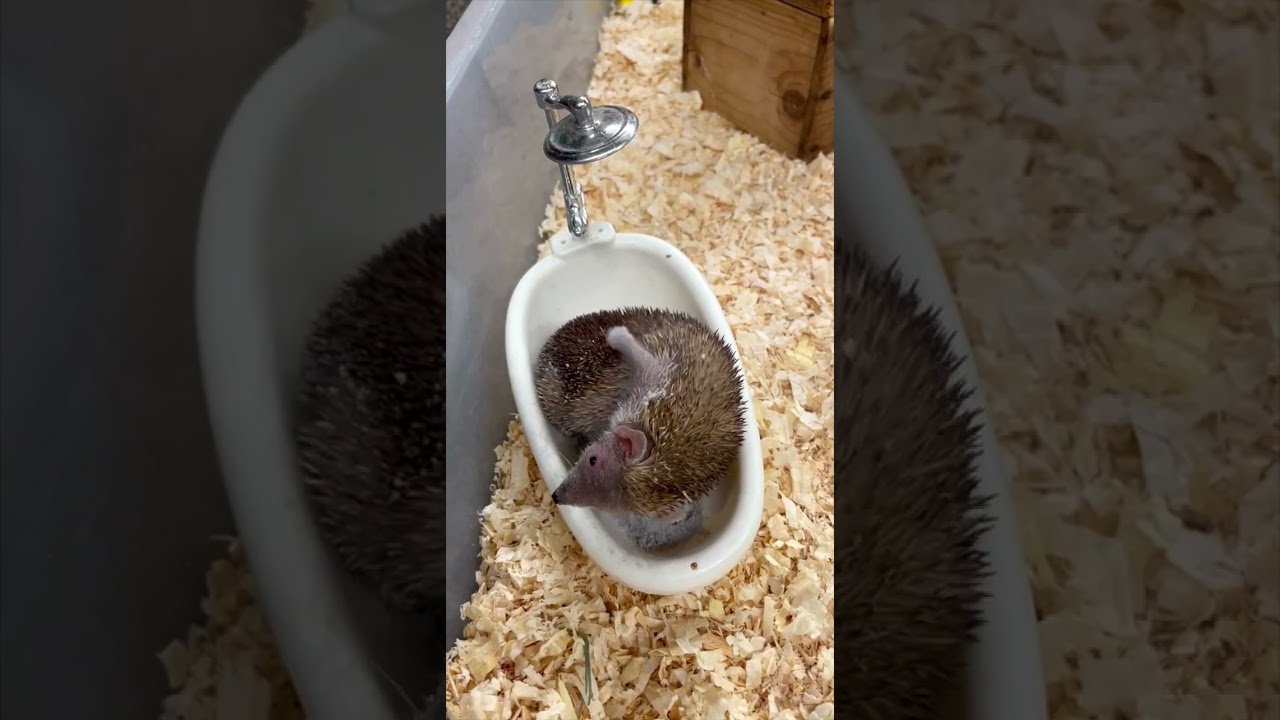- Overview of Tenrec Dust Bath Behavior and its Role in the Animal’s Lifestyle
- Enclosure Design and Zoo Management Techniques to Support Natural Behaviors
- Conservation Efforts and Educational Opportunities at Cincinnati Zoo
- Scientific Importance of Observing Tenrec Interactions and Patterns
- Challenges and Solutions in Captive Environments for Tenrecs
The Tenrec Dust Bath at Cincinnati Zoo offers an engaging glimpse into the fascinating habits of these intriguing creatures. Tenrecs, which are native to Madagascar and parts of Africa, are small mammals that display a range of behaviors central to their survival and well-being. One such behavior is dust bathing. This activity is not merely a quirky display; it plays a critical role in the health and social dynamics of the tenrec. By allowing their tenrecs to engage in dust baths, the Cincinnati Zoo provides them with the opportunity to perform a natural behavior that helps maintain their coat condition and regulate ectoparasites.
The tenrec’s dust bathing behavior involves rolling or wriggling in dry soil or sand. This process helps them clean their fur by removing excess oils and dirt, thus maintaining their insulation capabilities. Additionally, dust bathing plays an essential role in social communication and may be used to establish scent signatures. In a controlled environment like a zoo, replicating such natural behaviors is crucial for the animals’ psychological and physical health. The zoo staff at Cincinnati ensure that these animals have access to appropriate dust substrates, thereby simulating their wild habitats as closely as possible.
Zoo management plays a pivotal role in replicating natural habitats to encourage such intrinsic behaviors. The Cincinnati Zoo employs professionals who deeply understand animal health requirements and behavioral enrichments. Designing appropriate enclosures requires precision, understanding that tenrecs, despite their small size, need diverse textures, hideouts, and climbing opportunities. Their enclosures are constructed to offer both privacy and stimulation, which are crucial for reducing stress in a captive environment. The substrate used is regularly changed and maintained to maintain cleanliness and allow for effective dust bathing, showing the zoo’s commitment to high standards of animal welfare.
Moreover, beyond mere spectacle, the Tenrec Dust Bath exhibit becomes a hub for education and conservation efforts at the Cincinnati Zoo. Visitors are given the chance to learn about the unique ecological niches tenrecs occupy and the threats they face in the wild. Due to habitat loss and human encroachment, many tenrec species are vulnerable. Observing their behaviors in captivity helps scientists draw parallels to their wild populations, leading to more targeted conservation strategies. Educational programs at the zoo aim to kindle public interest and awareness in conservation and the vital role these small mammals play in biodiversity.
The scientific community values observations from zoos like Cincinnati in understanding behavior patterns and social interactions of tenrecs. Their nocturnal habits, detailed grooming rituals, and varied diet offer insights into adaptive strategies in mammals. By closely monitoring their activity, scientists can gather data that enhances knowledge about tenrec physiology and adaptations to environmental pressures. These insights are crucial for breeding programs aiming to maintain genetic diversity and improve the prospects of reintroducing tenrecs into their native habitats.
Despite the advanced care provided, maintaining tenrecs in captivity presents challenges. Environmental variables, stress factors, and health management demand continuous attention from the zoo staff. Missteps can lead to negative outcomes such as stereotyped behaviors or health issues. By applying rigorous scientific methodologies in the development and assessment of enclosure designs, Cincinnati Zoo effectively addresses these hurdles. Regular training and research collaborations contribute to refining best practices in zoo management of tenrecs and other similar species.
In today’s conservation-focused world, zoos have evolved beyond mere displays to become centers of learning and preservation. The Tenrec Dust Bath exhibit at Cincinnati Zoo exemplifies this transformation, supporting both the care of living collections and broader educational and conservation missions. Engaging visitor experiences foster a deeper appreciation for wildlife, while scientifically informed management techniques support the overall health and breeding success of captive tenrec populations. Through dedicated efforts, zoos can inspire stewardship of biodiversity while safeguarding some of the world’s most enigmatic creatures.
*****
Source Description
Did you know that tenrecs use dust to clean themselves instead of water. This great video is brought to you by Great American Insurance Group. #shorts
℗ 1958 Atco Records. A Division of Atlantic Recording Corporation for the United States and WEA International for the world outside of the United States.
http://support.cincinnatizoo.org/donate
Subscribe: https://www.youtube.com/user/CincinnatiZooTube/featured
Facebook: https://www.facebook.com/cincinnatizoo/
Twitter: https://twitter.com/CincinnatiZoo
Instagram: https://www.instagram.com/cincinnatizoo/
Find out more at http://www.cincinnatizoo.org


